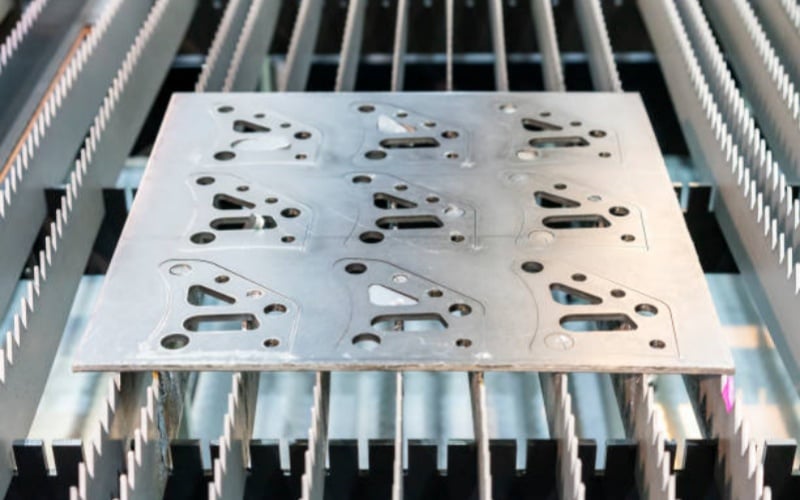Introduction
cold plate cooling systems are an effective solution for managing the heat generated by electronic devices and components. The system uses a cold plate, which is a metal plate with internal channels for the circulation of cooling fluid. In this article, we will explore the various aspects of the cold plate cooling system.
Working Principle
The cold plate cooling system works by transferring the heat generated by the electronic components to the cold plate. A coolant, typically water or a water-glycol mixture, flows through the channels in the cold plate, absorbing the heat. The heated coolant is then directed to a heat exchanger, where the heat is dissipated to the environment. The cooled coolant is then recirculated back to the cold plate, completing the cooling cycle.
Advantages
The cold plate cooling system offers several advantages over other cooling systems. Firstly, it provides direct contact cooling, which allows for efficient heat transfer and high cooling capacity. Secondly, it is a passive cooling system, requiring no additional power for operation. Thirdly, it is a reliable and low-maintenance cooling solution, with no moving parts that can fail over time.
Applications
Cold plate cooling systems are widely used in various applications, including aerospace, defense, medical, and industrial electronics. These systems are particularly effective in applications where high power densities and/or extreme operating temperatures are present.
Design Considerations
When designing a cold plate cooling system, several factors need to be considered. These include the thermal requirements of the electronic components, the flow rate and pressure drop of the coolant, the material and thickness of the cold plate, and the configuration of the internal channels. Proper design ensures optimal cooling performance and reliability.
Material Selection
The choice of material for the cold plate is critical for the performance and longevity of the cooling system. Common materials used include aluminum, copper, and stainless steel. Aluminum is lightweight and cost-effective, but has lower thermal conductivity than copper. Copper is ideal for high-performance applications, as it has excellent thermal conductivity. Stainless steel is often used for corrosive or high-pressure applications.
Installation and Maintenance
The installation and maintenance of cold plate cooling systems require specialized knowledge and skills. Proper installation ensures optimal thermal performance and reliability, while regular maintenance ensures the long-term operation of the system. Maintenance activities may include cleaning the cold plate and channels, replacing the coolant, and inspecting for leaks or corrosion.
Cost Considerations
Cold plate cooling systems are generally more expensive than air-cooled systems, due to the cost of materials, design, and installation. However, the higher upfront cost is often offset by lower operating and maintenance costs over the life of the system. Additionally, the higher cooling performance and reliability of cold plate cooling systems make them a worthwhile investment in high-performance applications.
Future Trends
The development of advanced materials and manufacturing processes is driving the evolution of cold plate cooling systems. New materials, such as carbon fiber reinforced polymers and diamond composites, offer improved thermal conductivity and reduced weight. 3D printing and additive manufacturing technologies are enabling the production of complex and optimized cold plate designs.
Conclusion
Cold plate cooling systems provide an efficient, reliable, and low-maintenance solution for managing the heat generated by electronic devices and components. With proper design, material selection, installation, and maintenance, these systems offer superior cooling performance and reliability in high-performance applications.

